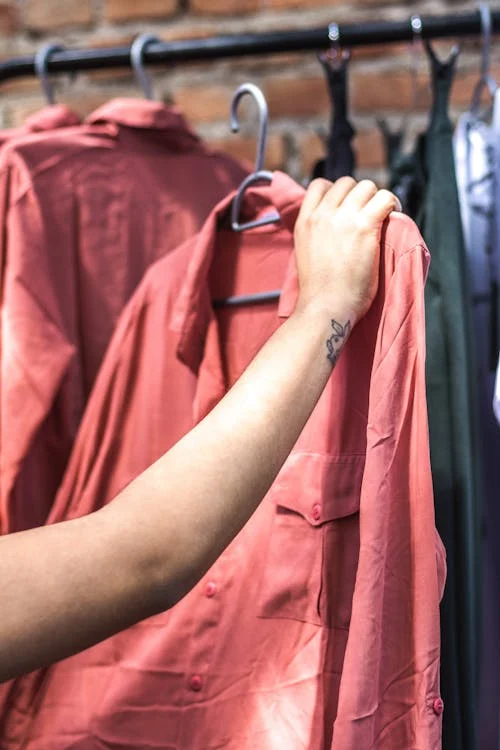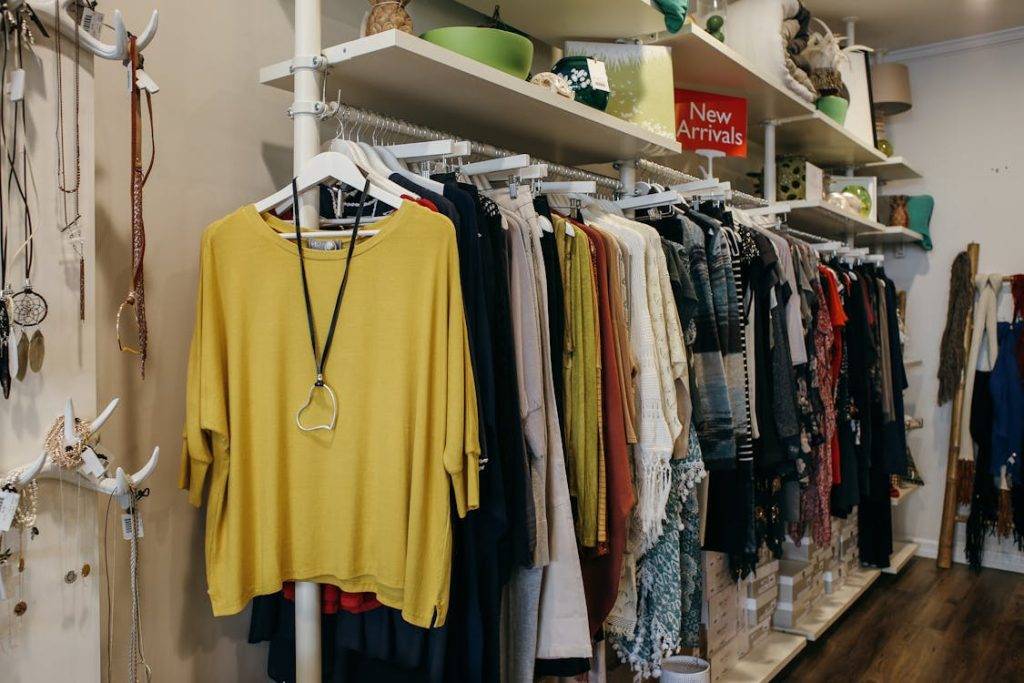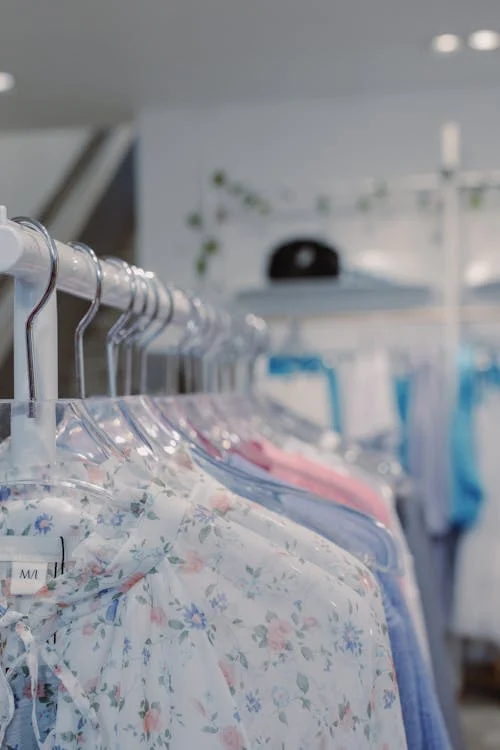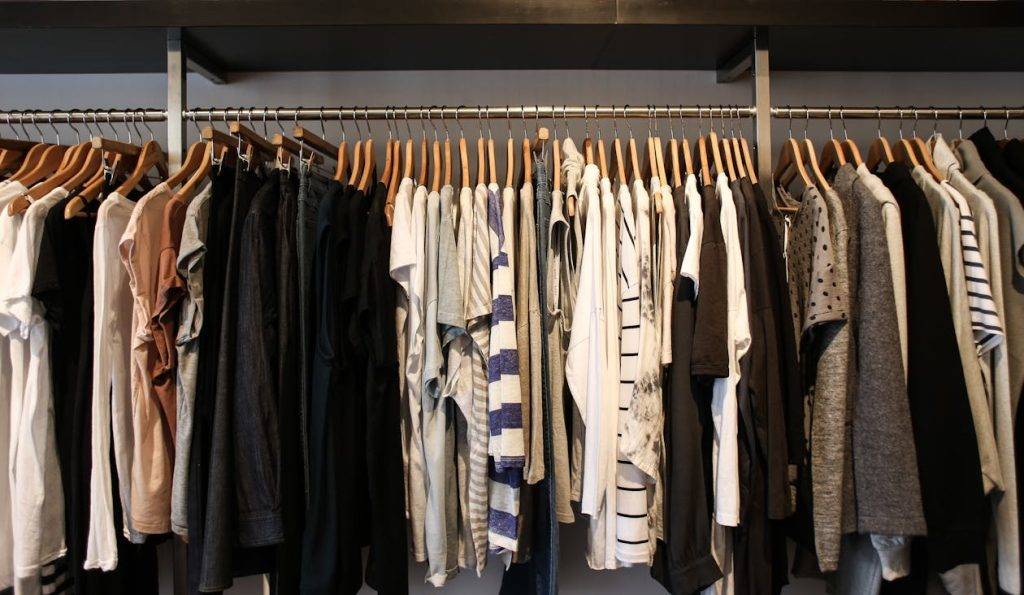The Best Clothing Store Brand New Style 2024


Introduction
Opening a clothing store can be a highly rewarding venture, but it requires careful planning, creativity, and a deep understanding of the fashion industry. Whether you are launching an online boutique or a brick-and-mortar shop, success depends on numerous factors such as branding, inventory management, customer service, and marketing. In this comprehensive guide, we will explore the key elements of establishing and running a profitable clothing store.
Thank you for reading this post, don't forget to subscribe!Understanding Your Target Market
Researching Demographics and Psychographics
To succeed in the highly competitive fashion industry, it is crucial to understand who your target customers are. Demographics include age, gender, income level, and location, while psychographics cover interests, lifestyle choices, and purchasing behavior. Conducting thorough market research will help you tailor your inventory, marketing strategies, and customer service to meet the specific needs and preferences of your audience.
Defining Your Unique Selling Proposition (USP)
Your Unique Selling Proposition (USP) is what sets your clothing store apart from competitors. Whether it’s offering exclusive designer brands, eco-friendly fashion, or a unique shopping experience, your USP should resonate with your target market and be a key focus in all marketing efforts.
Creating a Strong Brand Identity
Crafting a Memorable Brand Name and Logo
Your brand name and logo are the first impressions customers will have of your store. They should be memorable, reflective of your store’s ethos, and appealing to your target market. Consider working with a professional designer to create a logo that is both distinctive and versatile, ensuring it works across all platforms, from your website to social media profiles and in-store signage.
Developing a Cohesive Brand Voice
A brand voice is the personality and emotion infused into all company communications. Whether your brand is fun and quirky, sophisticated and elegant, or modern and minimalist, your brand voice should be consistent across all marketing channels, from social media posts to email newsletters and customer service interactions.
Setting Up Your Clothing Store

Choosing the Right Location Clothing Store
For physical stores, location is one of the most critical factors in determining success. High foot traffic areas, proximity to complementary businesses, and an understanding of local demographics can significantly impact your sales. If you’re launching an online store, your website’s design and user experience are equally important, as they will influence how customers perceive your brand and their likelihood to make a purchase.
Designing an Inviting Store Layout
The layout of your clothing store should be both aesthetically pleasing and functional. Consider the flow of customer traffic, how products are displayed, and how easy it is for customers to navigate the space. The goal is to create an environment that encourages customers to browse and make purchases, while also reflecting your brand’s identity.
Building and Managing Inventory Clothing Store
Selecting the Right Products
Choosing the right products to stock is critical to your store’s success. This means staying on top of fashion trends, understanding what your customers want, and balancing your inventory between trendy items and timeless pieces. Establishing relationships with reliable suppliers is also essential to ensure you have a steady flow of new products.
Effective Inventory Management
Inventory management is crucial to maintaining a healthy cash flow. Overstocking can tie up capital and lead to markdowns, while understocking can result in lost sales. Utilize inventory management software to track sales trends, manage stock levels, and make informed purchasing decisions.
Marketing Your Clothing Store
Developing a Multi-Channel Marketing Strategy
To maximize your store’s reach, it’s important to develop a multi-channel marketing strategy that includes social media, email marketing, content marketing, and search engine optimization (SEO). Each platform should serve a specific purpose and audience, but all should work together to create a cohesive brand message.
Social Media Marketing Clothing Store
Social media platforms like Instagram, Facebook, and Pinterest are ideal for clothing stores to showcase new arrivals, promote sales, and engage with customers. High-quality visuals and consistent posting schedules are key to building a strong social media presence.
Email Marketing
Email marketing remains one of the most effective ways to reach your customers. Regular newsletters featuring new arrivals, exclusive discounts, and fashion tips can keep your store top-of-mind and drive repeat business.
Content Marketing and SEO
Creating valuable content, such as fashion blogs, style guides, and how-to videos, can attract new customers and improve your website’s ranking on search engines. Incorporating relevant keywords into your content and product descriptions is essential for improving your store’s visibility online.
Providing Exceptional Customer Service Clothing Store

Training Your Staff
Whether you’re operating a physical or online store, customer service is a crucial aspect of your business. Train your staff to be knowledgeable about your products, friendly, and attentive to customer needs. For online stores, ensure that your website has clear and easy-to-find contact information, and consider offering live chat support.
Handling Returns and Complaints Clothing Store
How you handle returns and complaints can significantly impact your store’s reputation. Develop a clear and fair return policy, and train your staff to handle complaints with empathy and professionalism. Remember, a satisfied customer is more likely to become a repeat customer and recommend your store to others.
Analyzing and Adapting to Market Trends
Staying Ahead of Fashion Trends
The fashion industry is ever-evolving, and staying ahead of trends is essential for maintaining your store’s relevance. Regularly attending fashion shows, following influential fashion blogs, and staying active on social media can help you keep your finger on the pulse of the industry.
Using Data to Drive Decisions
Use sales data, customer feedback, and website analytics to make informed decisions about your inventory, marketing strategies, and overall business operations. Regularly reviewing this data can help you identify what’s working, what’s not, and where there’s room for improvement.
Conclusion
Running a successful clothing store requires a combination of creativity, business acumen, and a deep understanding of your target market. By carefully crafting your brand identity, managing your inventory, providing exceptional customer service, and staying on top of market trends, you can create a store that not only thrives but also stands out in the competitive fashion industry.
